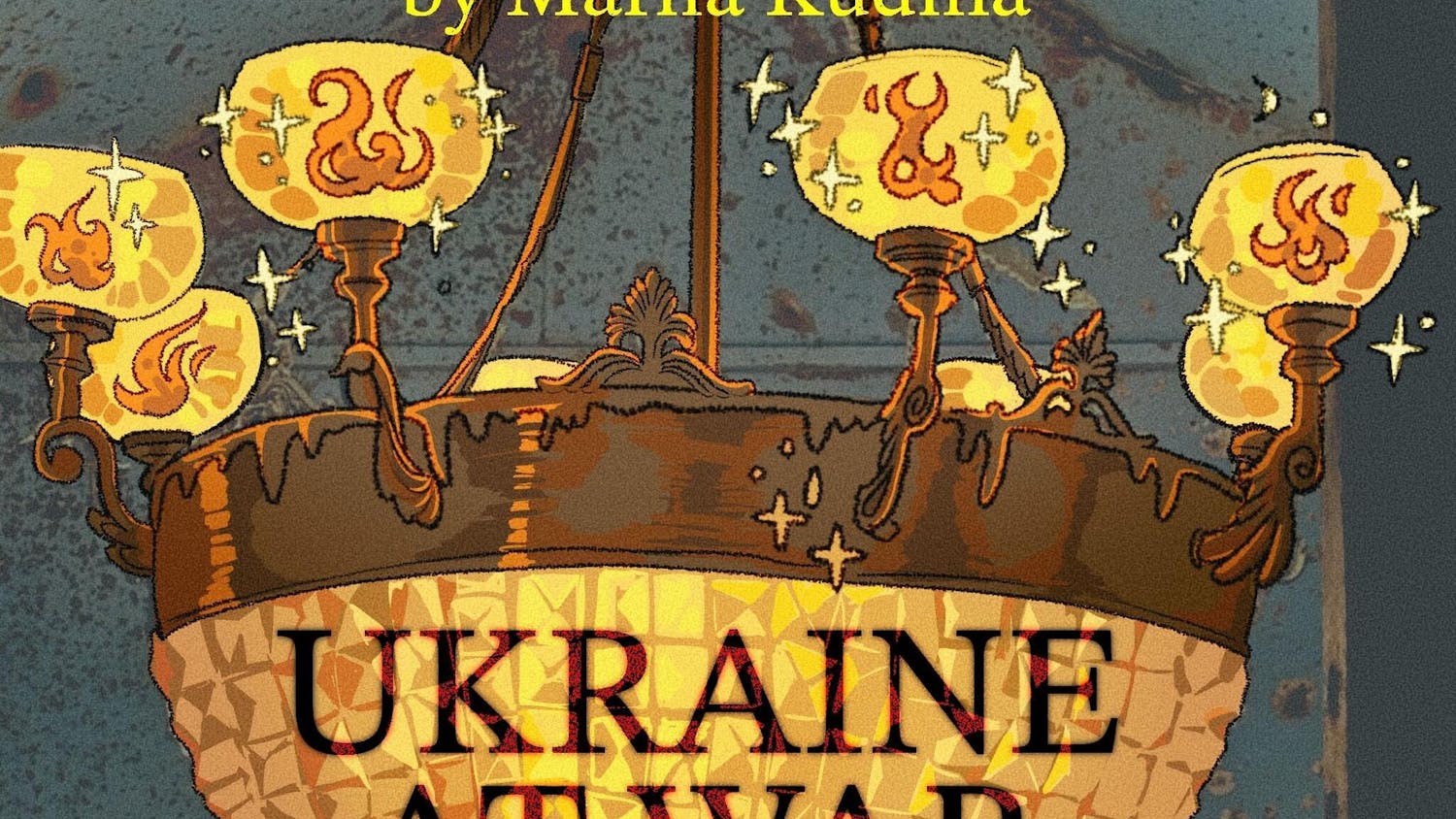“I stabbed at his heart and struck the sweet spot between his ribs.” So reads a line from the opening chapter of Chelsea G. Summers’s “A Certain Hunger,” where food critic Dorothy Daniels recounts a life that has lately revolved around seducing, killing and eating men. Though gruesome, this novel is a quintessential work in the genre of femgore — a subgenre of body-horror fiction typically written by and about young women with female protagonists carrying out brutal, vicious crimes against the men in their lives. In recent years, its popularity has significantly increased — a trend irrevocably tied to the absolute battlefield of modern gender politics.
Fiction and politics have long been intertwined. Most notably, fiction can inform political opinions. Harriet Beecher Stowe’s “Uncle Tom’s Cabin” — borne of Stowe’s experiences in antebellum America — drastically influenced the political opinions of her contemporaries, significantly shifting the American attitude towards slavery.
Moreover, dystopian stories can depict political extremes that serve as very real warnings of government overreaches. While discussing the Trump administration’s recent decision to ban the Associated Press from the Oval Office and Air Force One for refusing to adopt Trump’s self-imposed term “Gulf of America,” New York Times writer and former Associated Press journalist James Gerstenzang wrote, “The attack on the news agency brings into focus the administration’s refusal to respect the First Amendment, with presidential aides and the president himself trying to dictate the very language news reporters may use — just as George Orwell’s fictional dictators did.”
The quote is incredibly compelling, with the commentary on the immense power of fiction almost as significant as the political message itself. Gerstenzang’s point is effectively made without actually referencing Orwell’s famous book “1984,” let alone delving into its plot. Although only 37% of U.S. adults have read it, “1984” has become a ubiquitous metaphor in our political vocabulary, providing the language to describe the otherwise ineffable frustrations felt by the American populace.
While dystopian novels such as “1984” depict an extremely exaggerated view of totalitarianism, femgore novels depict an extremely exaggerated view of radical feminism. Their plots are usually more extreme than what occurs in reality, and the emergence of this microgenre is far from coincidental and apolitical.
An important distinction must be made between the women-centric horror literature of the past and this increasingly popular new genre. Historically, women’s roles in horror novels have always been, at best, secondary. More often, women have been spotlighted as either victims of brute violence or as rage-driven psychopaths picking off men who have wronged them. This is not to ignore the convention-defying greats of past horror fiction, but rather to acknowledge that their incredible contributions were made to a genre long dominated by men.
Femgore, on the other hand, introduces complex female protagonists with fully realized arcs in spite of — or perhaps as a result of — their sadistic tendencies. These novels exhibit multifacetedness, drawing from other genres such as folk and dark academia. Built on more than just shock value, femgore also serves as an exaggerated response to feminist movements and modern policies.
The state of feminism in 2025 is, at best, precarious. Eight years after Alyssa Milano sparked the #MeToo movement, progress toward women’s rights has been drastically set back in the constitutional, legal and social spheres.
This creative shift to radical feminism in its most extreme form, then, becomes a natural consequence of the emerging trend from the Democrats to abandon the ‘high-road’ strategy in favor of greater authenticity in political expression. Democrats and left-leaning people in general are done tempering their emotions for the sake of appearances.
The feminist movement is also over it. The revocation of their progress has both heightened their anger and forced them to internalize it, and femgore fiction has emerged as a reflection of these sentiments.
This politically-informed deviation in artistic preferences is not limited to New York Times bestselling novels. In fact, it is more local than one would think. The art scenes in both the greater Boston area and our local Tufts community have enthusiastically concurred with this shift in literature. Kate Hamill’s “The Odyssey,” covered by the Daily earlier this week, explores the historical play’s complex presentation of gender relations. Hamill directs a story where female characters weaponize their words and countenances to “cradle the lives of the men in their palms.”
Similarly, the Tufts Department of Theatre, Dance, and Performance Studies’ fall 2024 production of “The Furies” features “vengeful primordial goddesses” in their endeavor to “haunt Orestes as punishment for murdering Clytemnestra.” The Furies — “personification[s] of both shadow and vendetta” — represent a charge of malignant female power that echoes through the play. Played in Tufts’ own Balch Arena Theater, “The Furies” shows that the ideological resemblances of femgore fiction extend beyond literary art.
The power of fiction is only as strong as the reader’s power to grasp metaphor: the knives drip less with blood than with rage — with anger. As citizens in a political society, understanding the ideologies driving cultural shifts in fiction, such as that from feminist lovers to feminist killers, is perhaps the only way to truly grasp the changing direction of our greater political currents.






